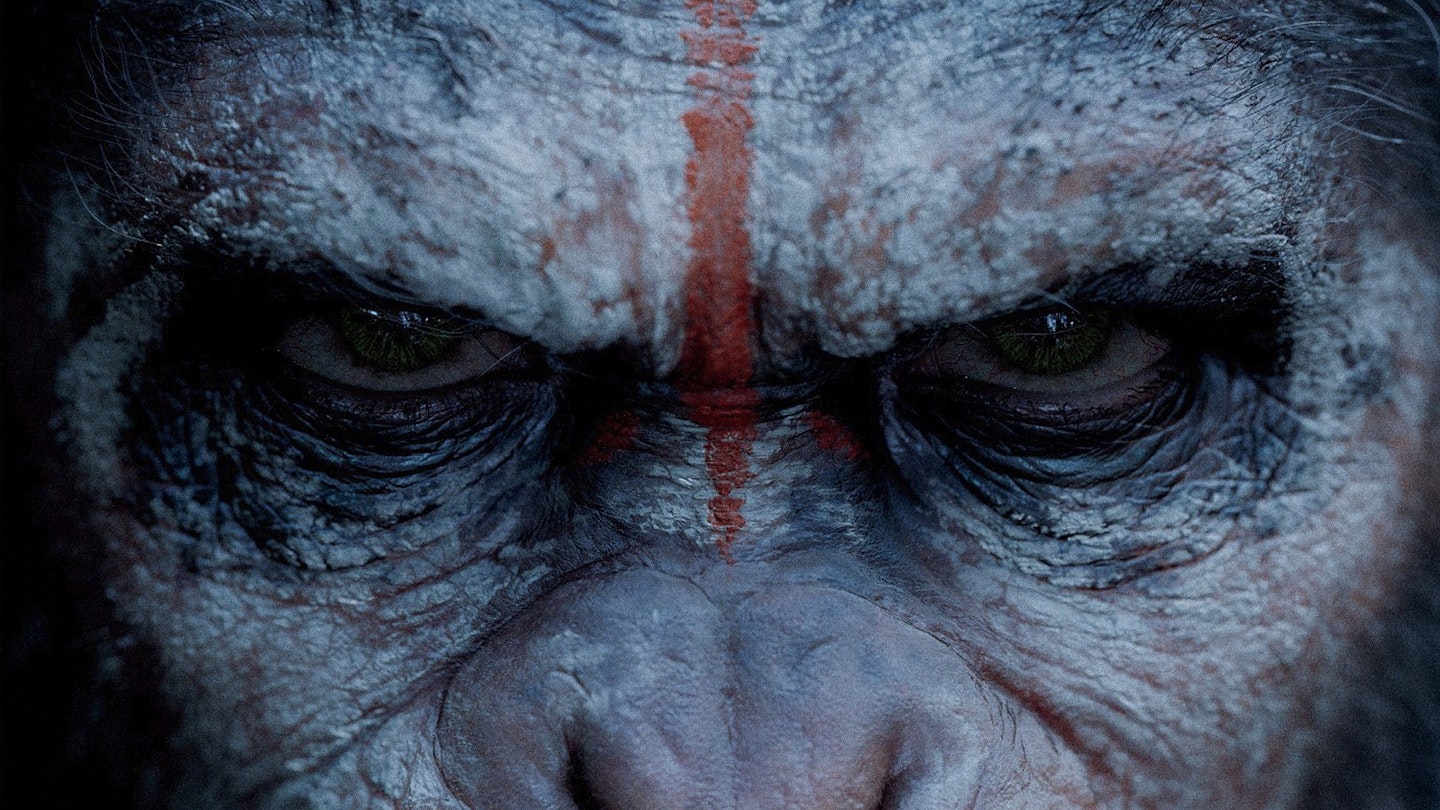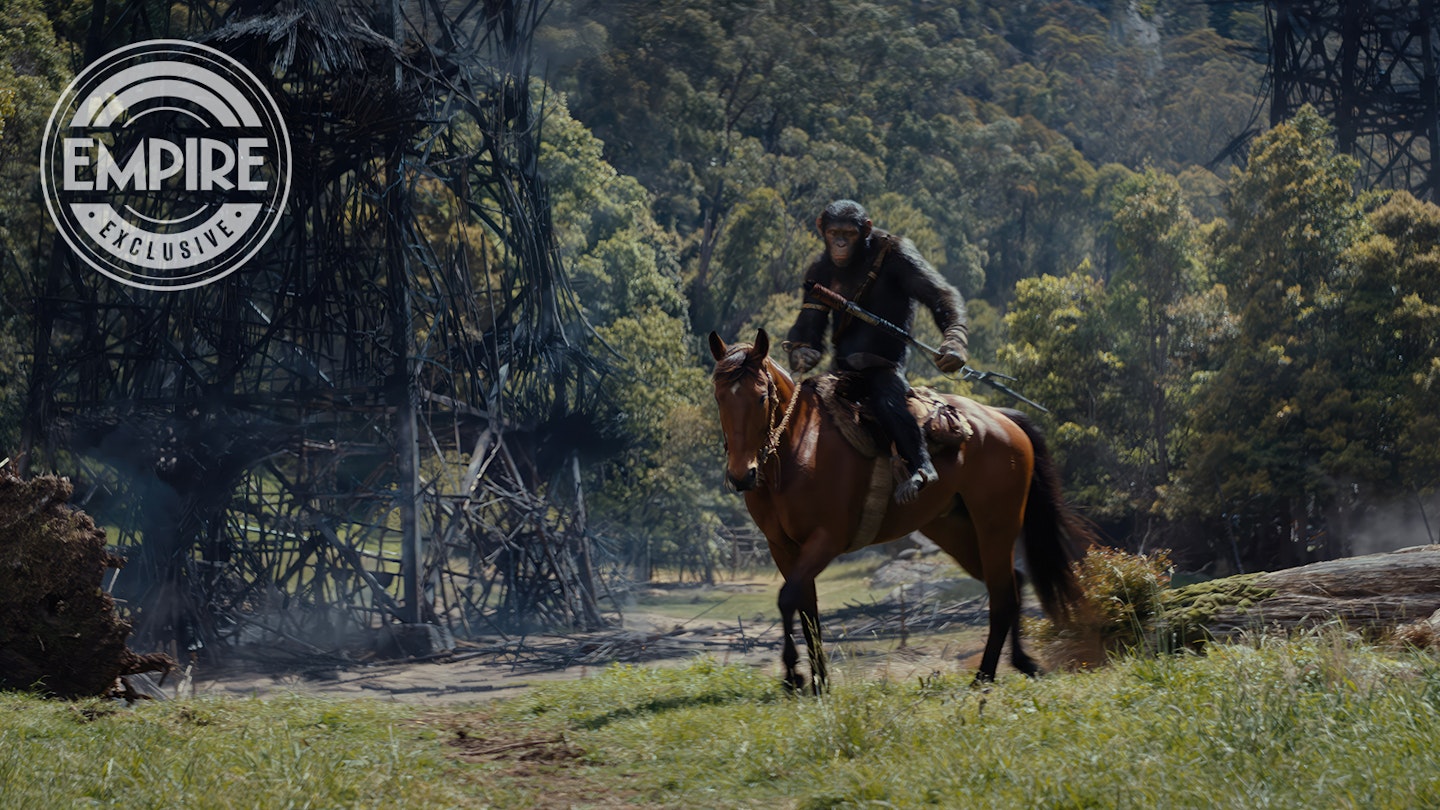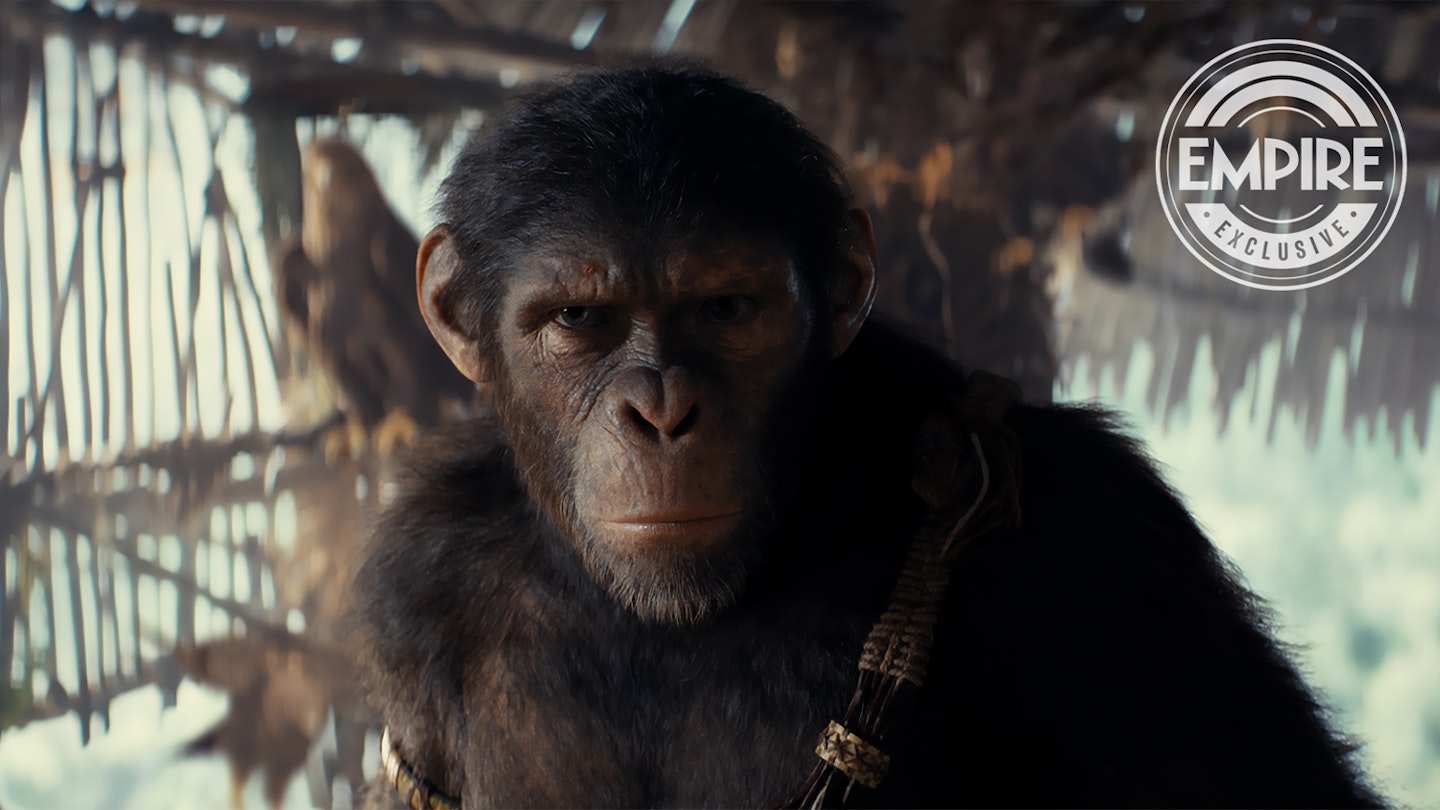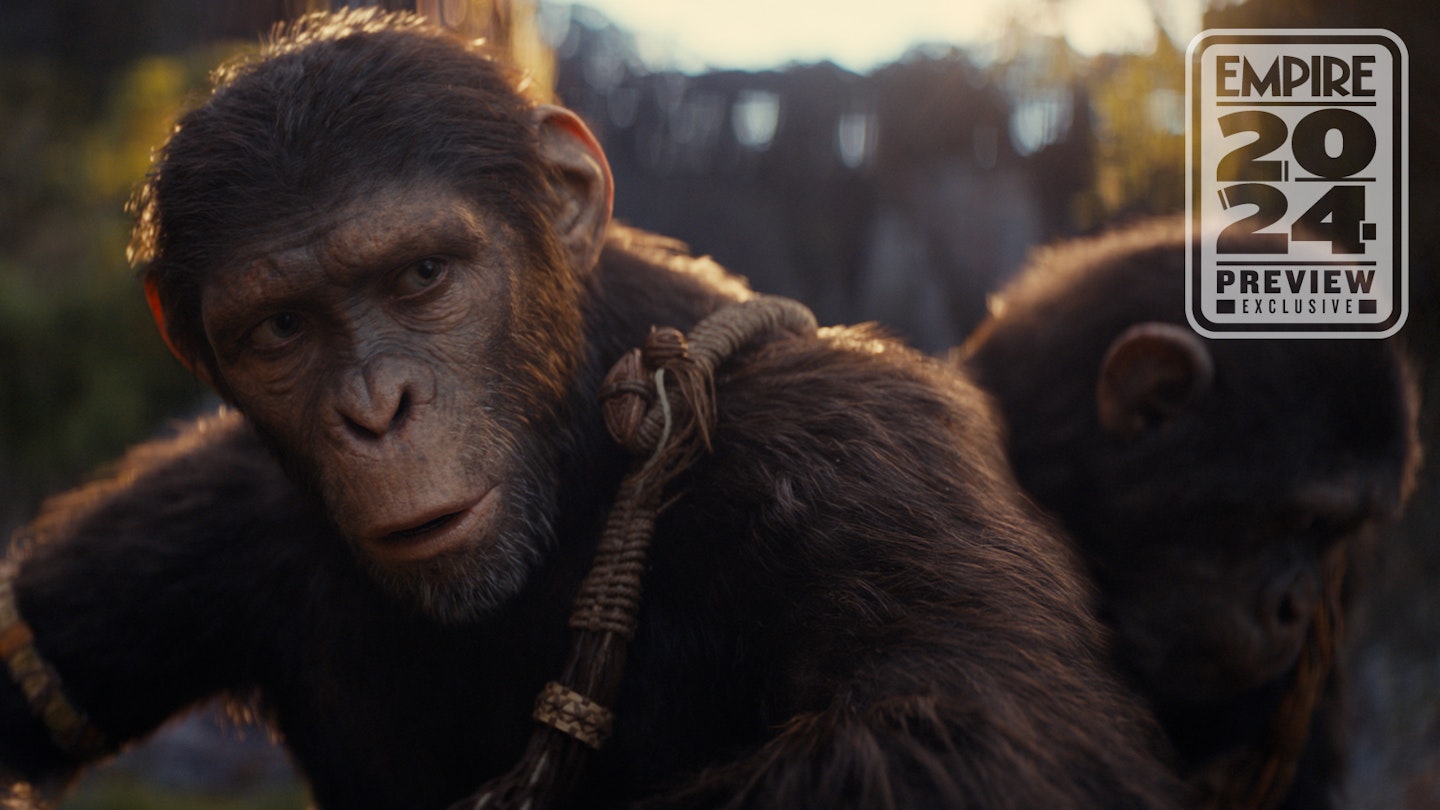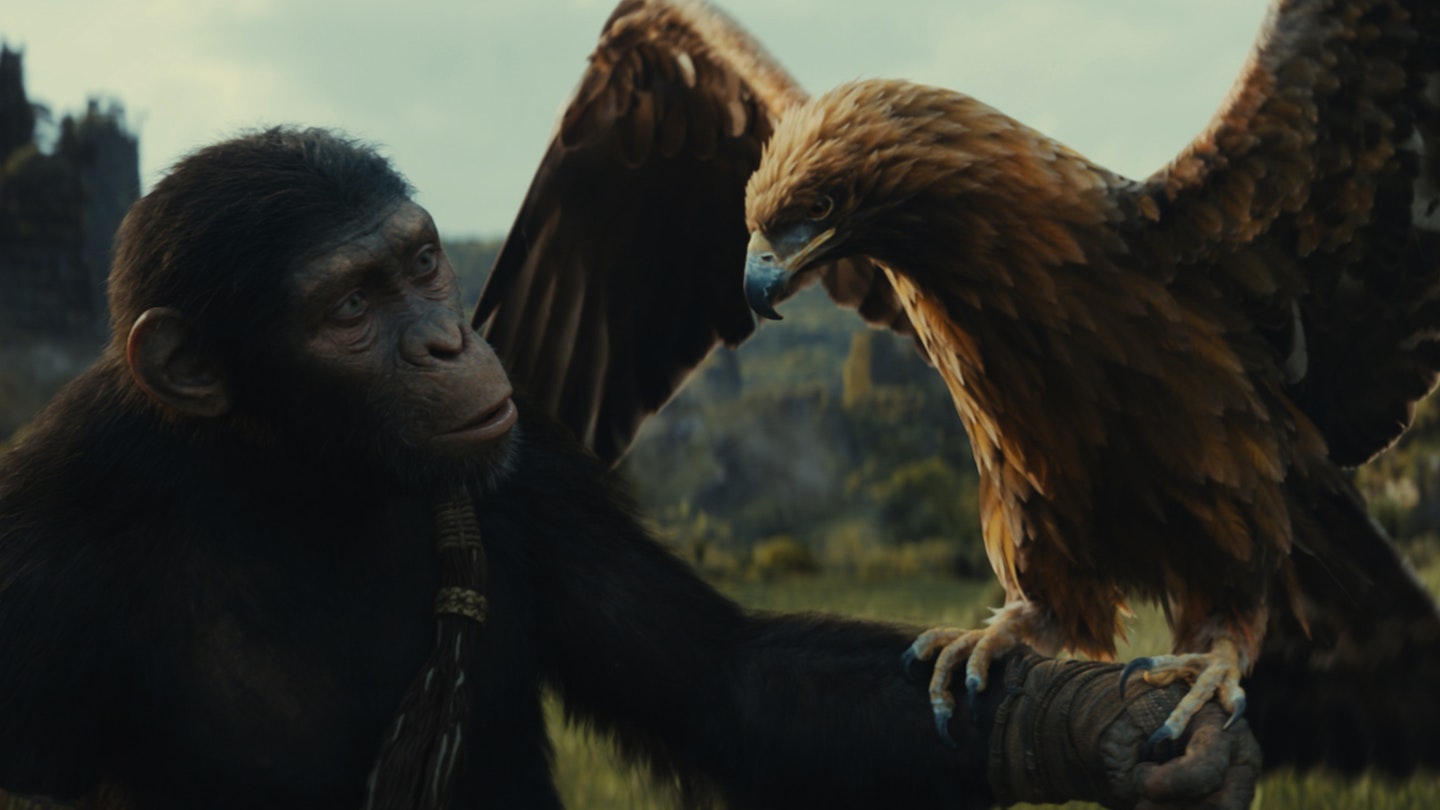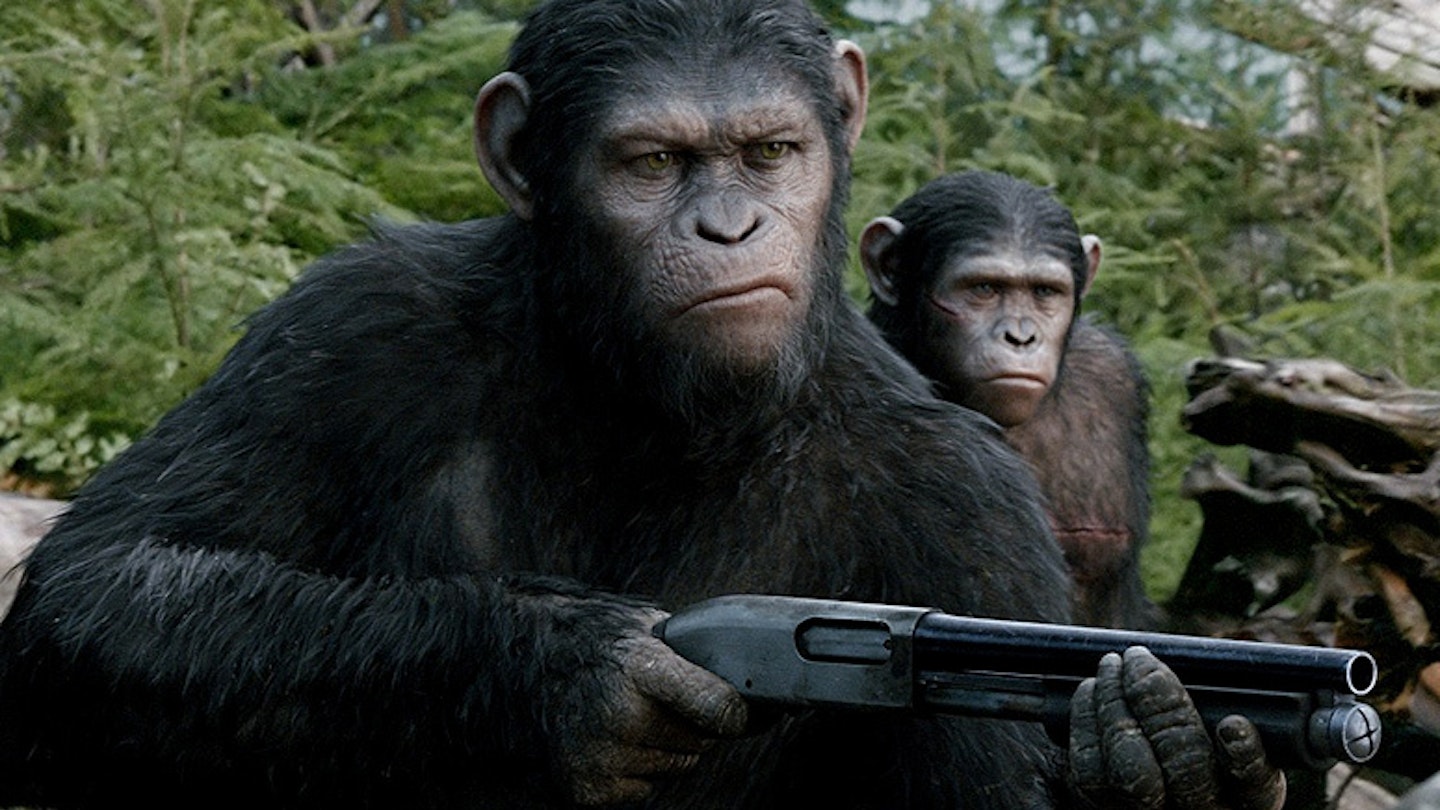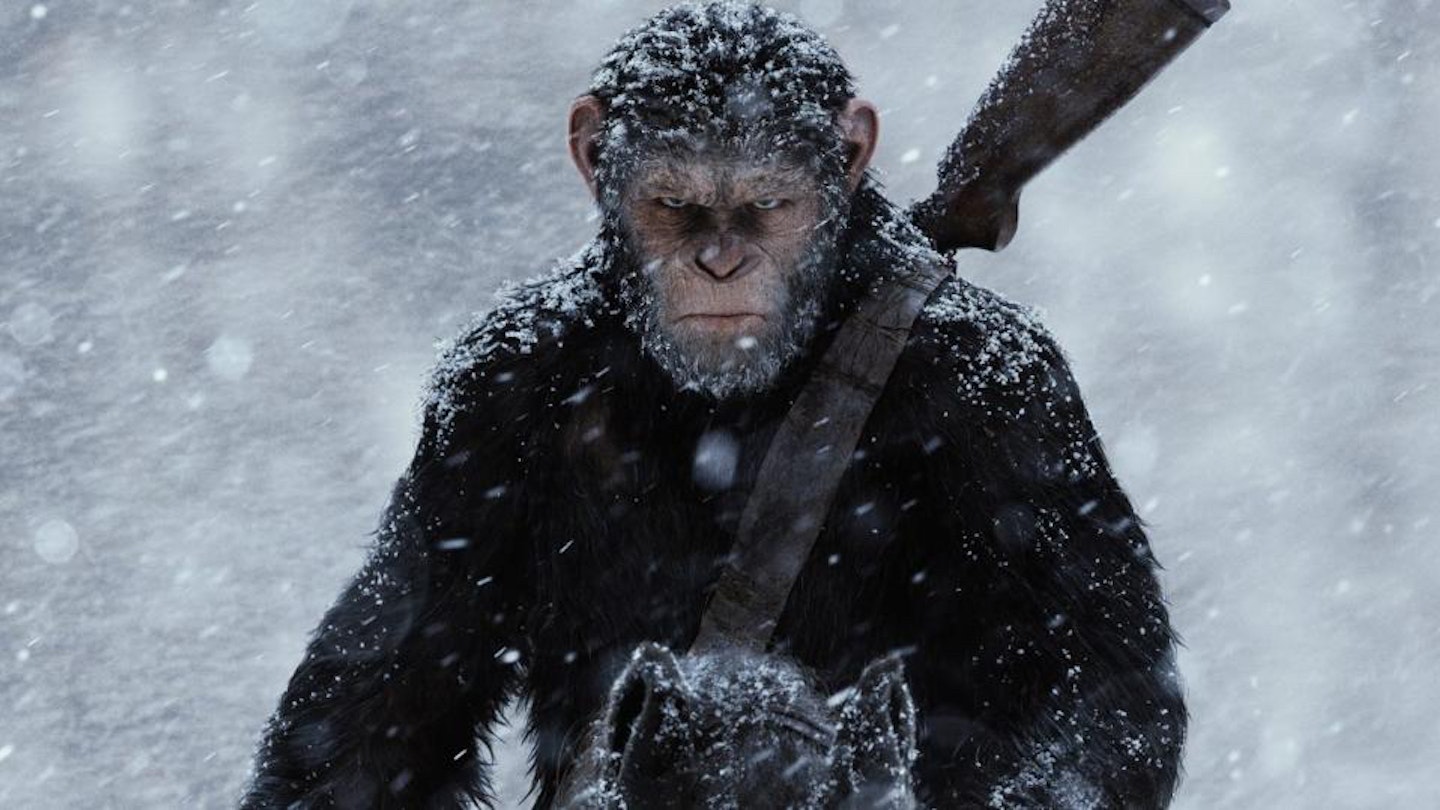The highest compliment you can pay Matt Reeves’ impressively uncompromising, propulsive and, yet, poignant sequel to the prequel that wasn’t quite a reboot of the Chuck Heston franchise (they supposedly still share narrative DNA) is how soon you take its achievements for granted. Before long, you stop being amazed by the mottled contours of Andy Serkis’ noble Caesar, troubled leader of a simian community in the arboreal heart of California. Your jaw remains in place at the ravaged visage of Toby Kebbell’s war-mongering Koba as his distrust of humankind stews into ravenous hatred. No awe is inspired as an army of nigh-on photo-real chimpanzees, gorillas and orangutans (one gentle orange giant going by the name of Maurice) swing, scramble and ride bareback into what remains of the streets of San Francisco.
You are far too wrapped up in the journey, indeed the fraught emotions of a set of characters — most of whom just happen to be very smart apes — to stop and gawp. Transformers’ ‘marvels’, jerking and rattling like fairground Twisters on overdrive, clamour for our attention. Reeves calls upon the multifarious talents of Weta Digital, who have taken hair follicles and tooth cavities from uncanny valley to the silvery mountaintops of the hyper-real, to simply meet his requirements, not define his storytelling. He wants you to pay attention to what is going on.
As you may have read, Reeves came on board the prequel-sequel following Rise-director Rupert Wyatt’s departure, unwilling to split hairs with the studio. His first act was to beat a slight retreat from Wyatt’s apparently more forward-looking set-up to a middle-film scenario where the apes still communicate in a caveman staccato (Serkis’ Caesar frequently slipping into a fine Brando-as-Vito Corleone) but have built a functioning proto-society in a wood-bound shanty town of huts, spiked walls and walkways like a particularly paranoid Ewok village.
We hasten to add that forest, apes’ enclave and rubble-strewn San Francisco are all actually there. Reeves determinedly places his ‘real’ apes in a physical landscape. Apart from a partial surrender to the spectacular for the necessity of the big finale, which falls back into a more obviously CG-supplied zone of disintegrating masonry and that old chestnut, the collapsing gantry, the film is a celebration of real-world aesthetics. The overall look and mood shoots for a brooding, overcast intensity, often drenched by downpours (one order for wet fur, please Weta) — Mark Bomback, Rick Jaffa and Amanda Silver’s script doesn’t go for funny. It is as bleak and sodden as Franklin J. Schaffner’s 1968 progenitor was sun-baked.
There is an irony in a film so reliant on computers to create its characters being set in a world where technology is effectively redundant. Moreover, events turn on the fact the apes’ hideaway happens to be in the vicinity of an abandoned hydroelectric dam — the opportunity for a troupe of human outliers, led by the warm-hearted engineer Malcolm (the always strong Jason Clarke), to return power to the Homo sapiens pack mustering amongst the bones of San Fran.
Despite the paw of friendship being shakily offered, a series of betrayals will mean both Caesar and Malcolm — who are deliberately matched as peaceable, family types — will have to swallow the hard lesson that prejudice and violence lurk on both sides of the species divide. Quick on the uptake, and poisoned by years in a research facility, Koba encourages his cadre of bad apes to get to grips with firearms. His human opposite is fraught human leader Dreyfus, played by Gary Oldman, who evokes post-apocalyptic ennui by reprising his effective trick of talking reasonably then SUDDENLY SHOUTING (and sounding a tiny bit like Heston as Taylor). In other words, the preordained battle for planetary dominance begins and all hell swiftly breaks loose.
Now officially credited as the leading man, Serkis’ performance as Caesar is another evolutionary bound forward for the art form begun with Gollum. Beyond the actor’s brilliant facsimile of animal gestures, he gives Caesar a complex personality: burdened leader, loving family ape and fierce warrior, short on trust and dangerously protective of his turf. It may just be us, but there is a Serkisness to Caesar’s eyes and body language, and yet he is a chimpanzee. Just as there is a discernable Kebbellness to the conniving, psychopathic Koba. On an almost meta level, the film challenges our own prejudices. Can digital effects become so good, so indistinguishable from real life, that you form a genuine emotional connection with them? And, given human actors and human artists are at the heart of that process, should we even think of them as special effects? It’s another thing that confounds the film’s blockbuster status — just how moving it is.
Reeves is a director who adapts to his environment. He was able to switch from the wobblecam hysteria of found-footage hit Cloverfield to the stillness and melancholy of vampire remake Let Me In. Quite who he is as director is a mystery, although he clearly has a keen desire to bed the fantastical in the commonplace (however ruined). At least with Dawn he has allowed himself to revel in the details. Not just in the spread of light within a simian eyeball or the lie of dampened fur, but in spicing up his turbulent action with flashes of high style.
For one bravura sequence, in which Koba hijacks a tank, Reeves fixes the camera to the turret madly revolving through 360 degrees, as the tank lurches forward, and the scene-spinning background teems with angry apes and terrified humans. Throughout its furious, thrilling skirmishes, Dawn honours the horse-bound world of Heston-era Apes movies (as does Michael Giacchino’s terrific percussion-crazed score).
With the technical ambitions equalled and bested, and beautifully married to story, it is in the story itself the film lacks a bit of ambition. The strident themes of the original series and even Rise — race, ecology, the hubris of science and the cage of instinct — allowed them to reflect their times. In its localised way, Dawn is preoccupied with more obvious concepts of family and belonging. There are few mysteries to unravel, no grand time-torturing twists. The overarching story doesn’t really move on that much at all. Aside from its emotional punch and action, the film is quite predictable in its moves. It has the marked moral ground of a B-Western: good hats and bad hats, carefully classified. Or, if you will, cowboys and Native Americans (take your pick which is which).
In fact, it feels more Western than science-fiction. Yet even if the scope is relatively narrow, within the tight, gritty confines of the story, Reeves and his team have excelled. So much so, you really don’t notice.
